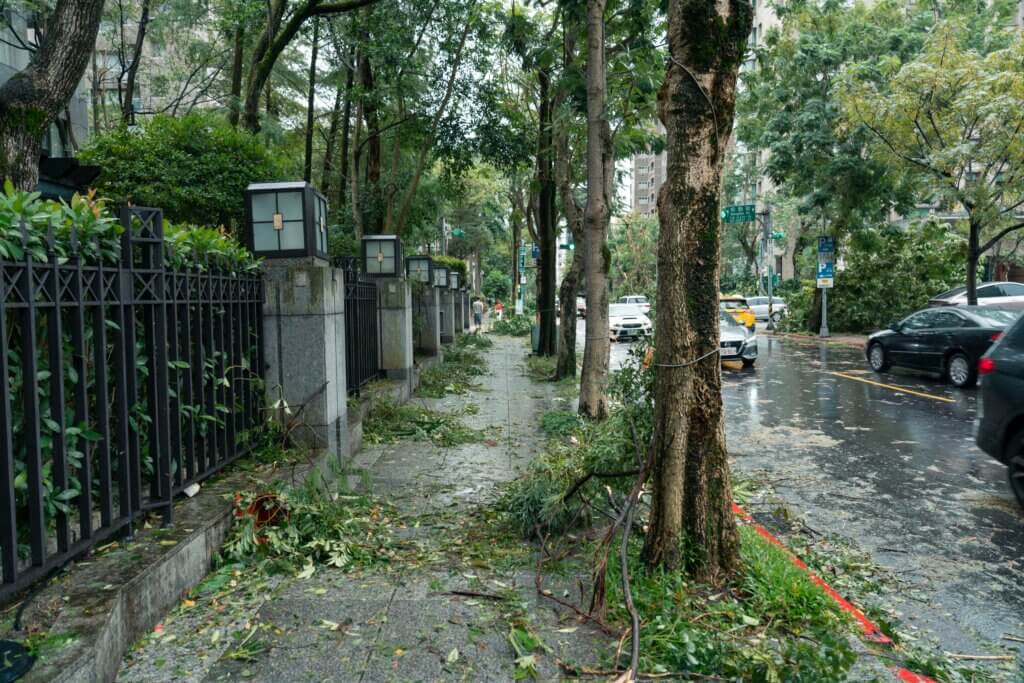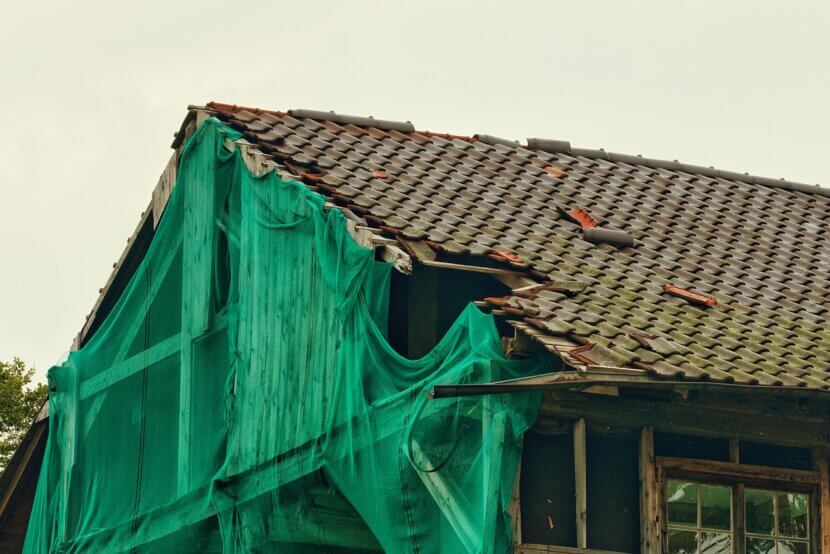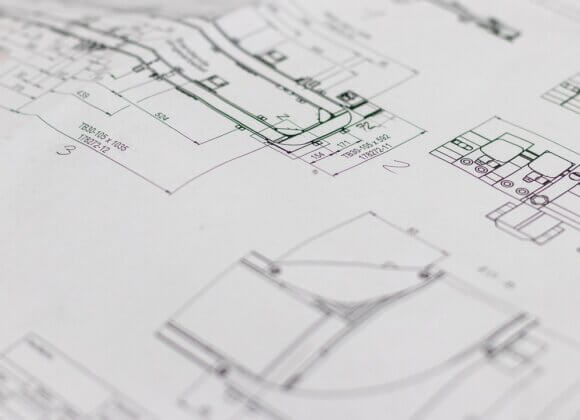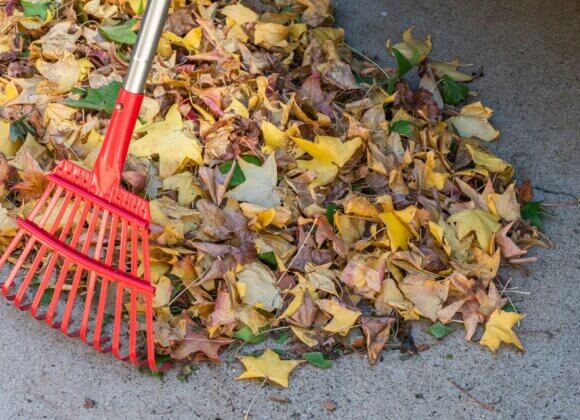Fallen roof tiles, fallen trees or even roofed houses – storms are increasingly leaving a trail of devastation in their wake. As a rule, however, this storm damage is covered by storm damage insurance, says Norbert Jagerhofer, insurance broker and consultant in insurance matters.
When is strong wind considered a storm?
Not every strong wind that is subjectively perceived as such is considered a storm. From a meteorological point of view, a wind is only considered a storm from a speed of 75 km/h (wind force 9). Insurance companies, however, consider a wind speed with peaks of more than 60 km/h to be a storm. The decisive factor for the classification is the assessment of GeoSphere Austria.
What counts as storm damage?
This means that damage is only classified if it occurs above this wind speed. This means that damage caused by weaker gusts of wind is excluded from the insurance and must be paid for out of your own pocket.
What storm damage is there?
Storms can cause a wide range of damage. It can tear individual tiles off the roof, cover it partially or completely and even cause chimneys to topple over. Shutters can be damaged, as can the panes of windows or doors. In the garden, the storm can cause branches to fall and even fell trees. Branches, falling trees and other objects whirled around by the storm can also cause damage to buildings and cars.

Which insurance pays for storm damage?
In principle, storm damage to or in buildings is paid for by the insurance of the same name, which is included in the homeowner’s, household or building insurance. In concrete terms, this means that damage to the roof and the outer shell of the building is covered by the insurance of the same name as part of the building insurance.
If, for example, water damage occurs in the home because rain penetrates through the covered roof, household insurance will step into the breach. This is also the case if the strong wind ruins garden furniture and the like. By the way: If the storm blows objects out of the garden and damages the garden shed or the neighbor’s house, the damage is covered by liability insurance.
If a car is damaged by falling roof tiles, the damage is covered by the car owner’s comprehensive insurance. If the detached house or building is still under construction, storm damage insurance is included in the building insurance that every builder should take out.
In the case of shell cover for the building, insurance cover is only provided if the building is completely closed and the weather-related air movement and its speed at the insured location is more than 60 kilometers per hour. Incidentally, storm insurance also generally includes other natural hazards such as Hail, snow pressure, rockfall, falling rocks and landslides.
Is storm damage automatically insured?
Anyone who thinks that storm damage insurance is automatically included in homeowner’s or building insurance is mistaken. “Storm damage is not automatically insured, you have to take out the relevant insurance as an add-on to your homeowners’ or buildings insurance,” says Norbert Jagerhofer, insurance broker and consultant in insurance matters. And it’s important to take a close look: According to Jagerhofer, objects mounted on buildings such as PV systems, flagpoles or masts, as well as garden furniture, glass damage, external blinds or awnings are often not automatically insured.
The same applies to damage caused by objects being flung onto buildings by strong winds. “This damage can often only be insured with additional clauses,” says Jagerhofer. The same applies to consequential damage, such as the costs of clearing up or disposal. Something else is important in this context: “The policyholder is obliged to properly maintain the insured property, especially the roof structure in the case of insured buildings,” says Jagerhofer.
Which damages are excluded?
Excluded are, among other things, damages caused by the fact that
- insured buildings or parts thereof were in a dilapidated condition,
- building components were not or not yet firmly connected to the other structure in the course of new construction, additions or conversions of insured structures or building components were detached from the usual connection to the structure.
Up to what amount is storm damage covered?
Storm damage is covered up to the amount of cover agreed in the insurance contract.
How quickly do I have to report storm damage to the insurance company?
Damage must be reported to the insurance company immediately, i.e. within seven days. Jagerhofer points out another important point: “Policyholders have a duty to mitigate damage.” For example, if the roof has been covered, emergency cover should be arranged as soon as possible. “I always advise making a note of this when reporting the damage,” advises Jagerhofer. It is also advisable to state in the letter that you are waiting for further instructions from the insurer. Jagerhofer has another tip in this context: “Take photos to document the damage and don’t throw away damaged items straight away.”

Norbert Jagerhofer is an authorized signatory at RVM Versicherungsmakler GmbH and managing partner of Norbert Jagerhofer GmbH / Berater in Versicherungsangelegenheiten. He is also a sworn and certified insurance expert, author of specialist books and trainer.
Similar examples:











